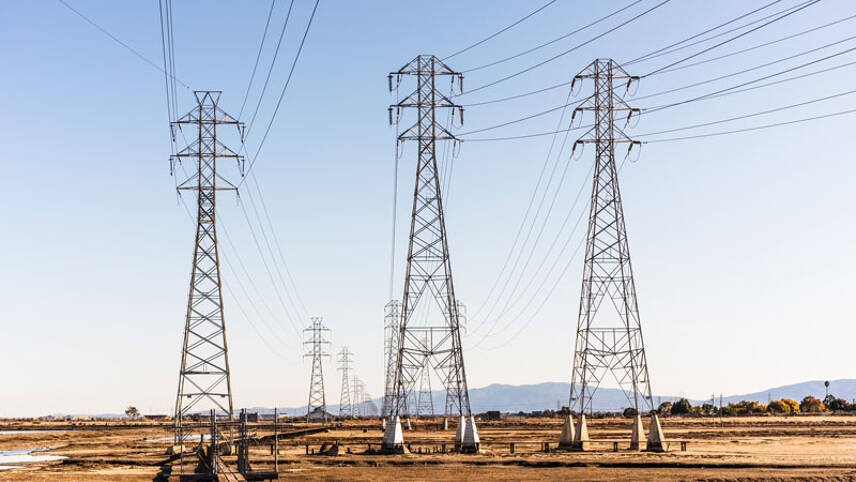Register for free and continue reading
Join our growing army of changemakers and get unlimited access to our premium content

That is the warning from the International Energy Agency (IEA) today (17 October).
The Agency’s new report on Electricity Grids and Secure Energy Transitions outlines how annual global investment in grids has “remained broadly stagnant” since the Paris Agreement was ratified in 2015, at around $300bn per year.
This funding level will need to double to $600bn by 2030 if the world is to have any chance of delivering an energy transition aligned with the Paris Agreement’s 1.5C or ‘well-below’ 2C pathways. Otherwise, renewable generation simply will not be able to come online rapidly enough, and sectors such as transport and heat will be too slow to electrify.
Some 1,500GW of renewables projects are currently waiting to be connected to the grid globally, by the IEA’s estimates. This is five times the amount of solar and wind capacity added worldwide during 2022.
The IEA assessed what could happen if regulatory reforms for grid modernisation remain slow, and if investment is not scaled up. It concluded that the cumulative CO2 emissions between 2030 and 2050 would be almost 60 billion tonnes higher.
These emissions would make the delivery of the Paris Agreement’s 1.5C pathway, widely regarded as necessary to safeguard the livelihoods of billions of people in the most climate-vulnerable parts of the world, impossible. The scenario assessed also comes with a 40% chance of the global temperature increase exceeding 2C.
“We must invest in grids today or face gridlock tomorrow,” said IEA executive director Fatih Birol.
“The recent clean energy progress we have seen in many countries is unprecedented and cause for optimism, but it could be put in jeopardy if governments and businesses do not come together to ensure the world’s electricity grids are ready for the new global energy economy that is rapidly emerging.”
Targeted action
The report’s headline recommendations are a doubling of annual global grid funding by 2030 and the addition or replacement of 80 million kilometers of power lines by 2040. This is equivalent to the entire existing electricity grid at present.
Included in the report are six key areas in which policymakers need to enact change. Chief among them is modernising planning processes which, in many geographies, are still set up for an energy system predominantly based on fossil fuels. Planning updates should consider the long-term, the IEA notes.
Linked to this is a recommendation for nations to improve the use of existing infrastructure and to streamline administrative processes. Digitisation is recognised as a key lever here. This can avoid some challenges relating to investment cases, supply chain growth and garnering public support. Nonetheless, the IEA is urging a targeted and ambitious focus on growing secure supply chains which many nations currently lack.
In terms of investment, the IEA acknowledges that many nations will not be able to deliver their grid expansion and modernisation plans using funds from their own government coffers. Private sector investment and support from multilateral development banks will be key. While this is even more critical in emerging and developing countries, the IEA highlights their specific challenges relating to the cost of capital due to perceived risks.
The IEA stated in June that investment in clean energy in these markets will need to more than triple to reach $2.8trn within ten years, if the UN’s Sustainable Development Goals and Paris Agreement are to be delivered. It recommended a reform of financial architecture to ensure money can flow more effectively to these nations.
Three months later, the body unveiled an updated pathway to net-zero by 2050 for the global power sector, including a decline in fossil fuel use to just 20% of current levels. You can read edie’s coverage of this pathway here.The pathway is intended to be a focal point for negotiators at the next annual UN climate summit, COP28, which begins in Dubai in November.


Please login or Register to leave a comment.